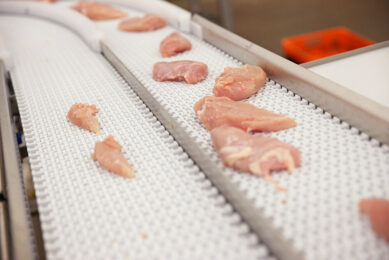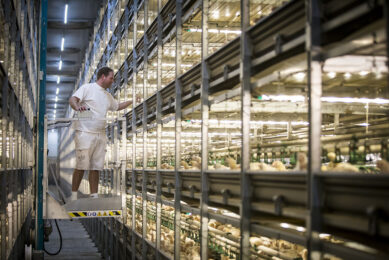New packaging weighing method cheats consumers
The county agency that inspects labelled goods for accuracy and weight is urging federal government to undo an amended rule, according to reports.
The USDA rule change, which recently went into effect, requires California to change the way meat and poultry packaging is weighed, said Kurt Floren, director of Weights and Measures Department in Arcadia. According to Floren, the change could have consumers paying more for less meat at the market.
Consumers pay more for less meat
The change requires inspectors to use a “dry tare” form of testing in which all fluids within a package must be credited as part of its content. Tare is considered to be the weight of packaging and all materials – tags, clips, stickers absorbent soakers – that are not part of the product being purchased, Floren stated.
This means that when shoppers buy a package of meat or poultry, they may end up paying per pound prices for extra liquids and solutions that add up to 25-30% of a product’s labelled weight, Floren noted.
“That’s an unfair advantage for the company using more liquid,” said Weights and Measures spokesman Ken Pellman, assing that it is unreasonable for consumers to pay for up to 30% added fluids when they believe they are buying solid meat.
Asking for a suspension of the rule
Floren and California Agriculture Commissioners and Sealers Association, is asking the USDA’s FSIS to suspend the rule.
This is aimed at providing the public and consumer groups more time to weigh in on it. However, the USDA perceives solutions and liquids as an important part of the product, according to a federal register summary that includes the agency’s position.
“The agency regards any solutions that are added to meat or poultry to be part of the product and considers free-flowing liquids to be an integral component of these products, and therefore uses the ‘dry tare’, not the ‘wet tare’ method,” the summary said.
Floren further said that under the wet tare method in California, fluids in packages and those absorbed into packaging material have not been considered part of the product weight.
Even though many states in the US use the dry tare method, Floren stated that the wet tare has traditionally protected California consumers. This because it discourages packers from adding unreasonably high volumes of solutions presented as flavouring agents, and counted as meat-per-round prices.
Floren further said that under the wet tare method in California, fluids in packages and those absorbed into packaging material have not been considered part of the product weight.
Even though many states in the US use the dry tare method, Floren stated that the wet tare has traditionally protected California consumers. This because it discourages packers from adding unreasonably high volumes of solutions presented as flavouring agents, and counted as meat-per-round prices.
Floren not pleased
Floren was not pleased with the USDA’s publication of a notice of proposed rule changes in April 2006, which made no notice of an intent to exclude wet tare provisions and which didn’t give sufficient time for the public to comment on the issue. “Consumers and Weights and Measures had no opportunity to comment on what amounted to significant changes in federal regulations,” he said.
He also stated that if his agency had time, he would have commented on a host of packaging concerns, which includes labelling irregularities.
Join 31,000+ subscribers
Subscribe to our newsletter to stay updated about all the need-to-know content in the poultry sector, three times a week. Beheer
Beheer








 WP Admin
WP Admin  Bewerk bericht
Bewerk bericht